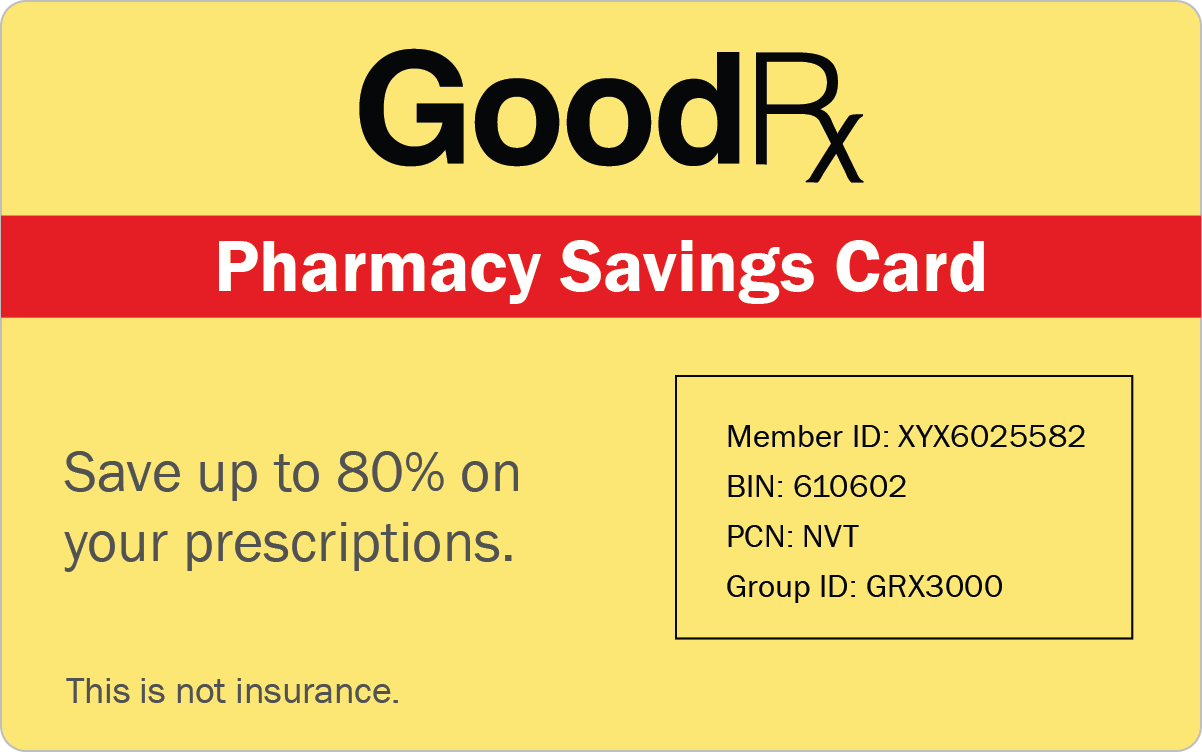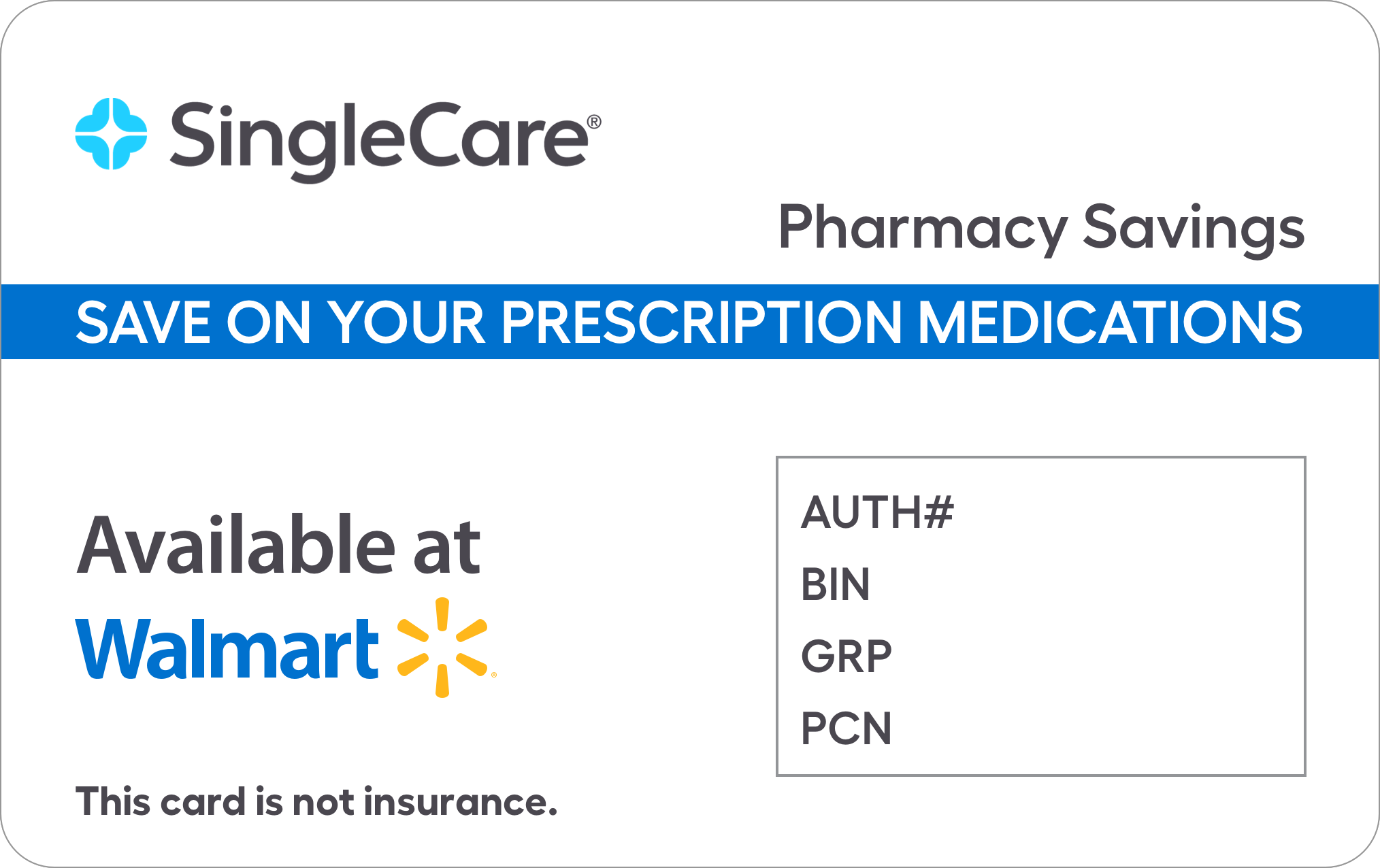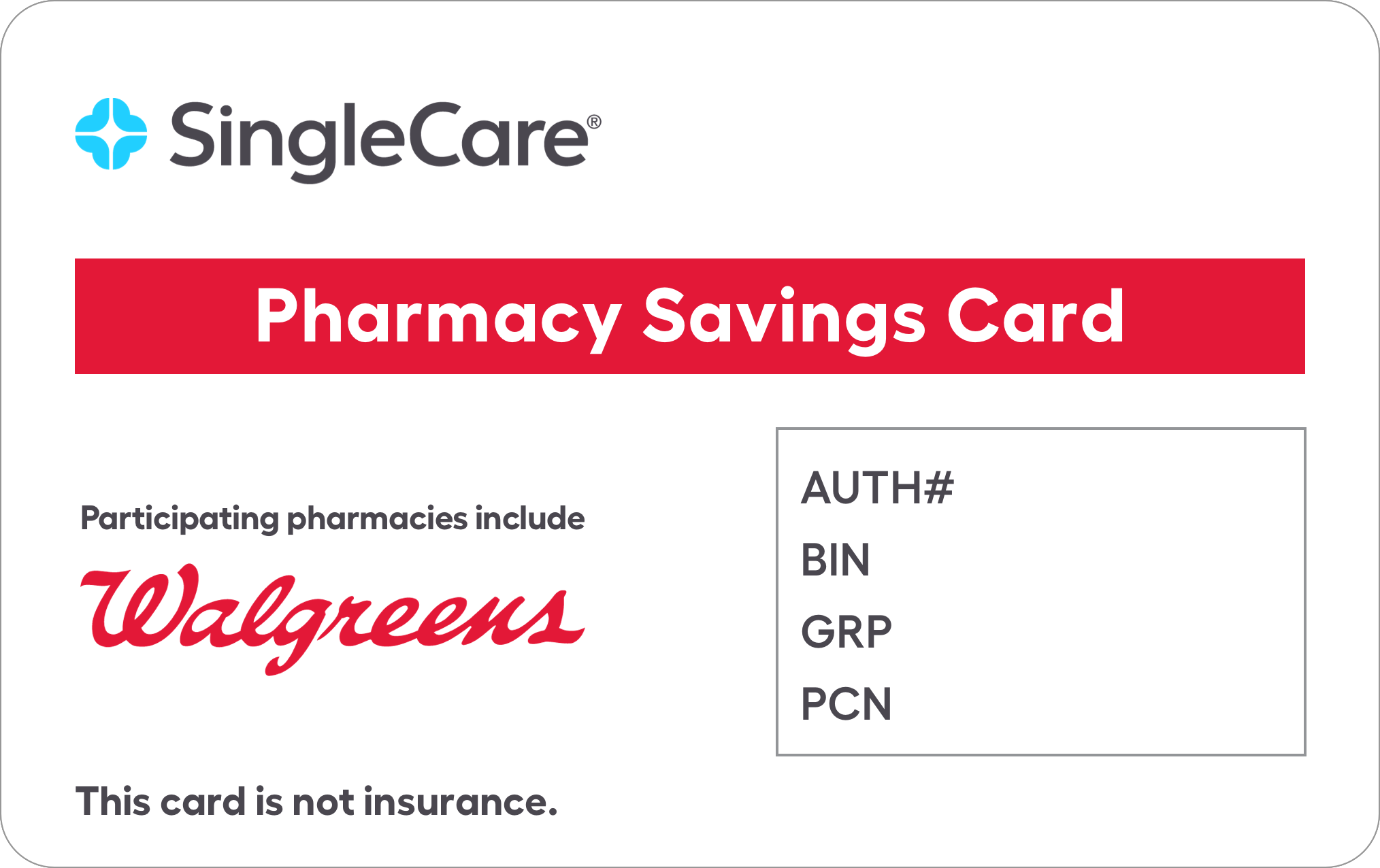Lyme Disease Information & Discounts
Save on Lyme Disease medications with the free discounts below.
Lyme disease can cause serious complications if it is not treated early. The antibiotics that are most commonly used as Lyme disease treatments (doxycycline, amoxicillin, and ceftriaxone) can be purchased at discounted prices with our free discount coupons. Click on a drug name to print your coupon now. To get more information, continue reading the sections below to learn about the treatment of Lyme disease, how it’s managed, and how to identify the symptoms.
Related Lyme Disease Drug Discounts
Search our Discount Database for 50,000+ Other Rx Discounts
browse drugs (A-Z):
Lyme Disease Information & Discounts
What is Lyme disease?
Lyme disease is a bacterial infection that is usually caused by a bite from a tick, particularly young or nymphal ticks and deer ticks. These ticks carry three species of bacteria that can cause Lyme disease. These include bacteria from the genus Borrelia. Borrelia burgdorferi is the most common cause of Lyme disease in North America. The term Lyme disease comes from the name of the town, Old Lyme, Connecticut, where cases of the disease were originally identified. The deer tick, also known as the black-legged tick, is most commonly found in wooded areas in the northeastern U.S. and in and around Wisconsin. These are the highest risk areas, but deer ticks may also be found throughout the southeastern U.S.
Up to 20% of patients treated for Lyme disease will suffer from ongoing symptoms of pain, fatigue and muscle aches after completing the recommended antibiotic treatment. These symptoms can sometimes last longer than six months, and some people refer to them as “chronic Lyme disease”. However, the term “chronic” is incorrect in this case and the proper term is Post-Treatment Lyme Disease Syndrome, or PTLDS for short.
How can I manage Lyme disease?
Lyme Disease Prevention
One way to manage Lyme disease is to prevent it. If you know you are going into a wooded area where deer ticks reside, wear clothing that covers your arms and legs, and tuck your pants into socks or boots. Light colored clothing is best as a tick is more likely to be spotted before it can attach itself to a host. Bringing insect repellent along is also a good idea. If you or someone you know does happen to get bitten by a tick, immediately remove the tick with tweezers and clean the area with an antiseptic. There is currently no Lyme disease vaccine available to prevent the contraction of the disease. A highly successful (78% effective) Lyme disease vaccine was taken off the market in 2002 due to low demand and lawsuits and protests brought up against alleged vaccine side effects. There is medical evidence to support these claims.
What are the different types of medications for the treatment of Lyme disease?
Oral Antibiotics
Once Lyme disease is diagnosed and it still in the first stage (this can be days to several weeks after infection), oral antibiotics will be prescribed to kill the Borrelia bacteria. Doxycycline is the most commonly prescribed antibiotic, but it is not suitable for children under the age of 8. Other antibiotics used in the treatment of Lyme disease include amoxicillin, azithromycin, and cefuroxime. See the Drug Information section for more details.
Intravenous Antibiotics
If the Lyme disease is categorized as stage 2 or 3, it has begun to affect the heart or central nervous system. In these cases, the patient will most likely be hospitalized and put on intravenous antibiotics for faster treatment of the infection.
NSAIDs
NSAIDS or nonsteroidal anti-inflammatory drugs may be used to help manage muscle or joint pain from Lyme disease. They may also be used to manage pain from PTLDS or chronic Lyme disease. Over the counter medications such as ibuprofen or naproxen sodium may be used. Your doctor may prescribe stronger NSAIDs for moderate to severe arthritis pain as a result of Lyme disease.
What are the symptoms of Lyme disease?
It normally takes one to two weeks for symptoms to appear after a bite, but this period can vary. The first symptoms of Lyme disease involve flu-like symptoms such as fever, chills, muscle pain, stiffness, joint pain, headache, and an overall feeling of malaise. If you have been outside in a wooded area and you are experiencing these symptoms, you can also look for the telltale bull’s eye rash that usually occurs at the site of the bite. Search for a raised red area that looks like a bug bite with a red ring around the outside of it. Symptoms are not always present and can come and go. If the disease is left untreated, it can advance and spread to the nervous system, joints, and heart. Signs of advanced Lyme disease include swelling and pain in the joints, tingling or numbness in the spine or extremities, paralysis of facial muscles, memory problems, and heart problems that may cause chest pain, palpitations, and shortness of breath.
Lyme Disease Treatment
Because Lyme disease is a bacterial infection, it is treatable with antibiotics. The earlier symptoms are identified and diagnosed, the easier the treatment for Lyme disease. See the Symptoms section for more information. The treatment of chronic Lyme disease or PTLDS is less clear. Medical experts still do not fully understand the causes of PTLDS, and long-term treatment with antibiotics has sometimes done more harm than good. It is possible that PTLDS is an autoimmune response where the body continues to attack even though the infection has been eradicated. The pain from PTLDS is at least partially due to inflammation. Taking a course of action to treat inflammation, whether it be herbal or pharmaceutical, may help to reduce pain. For more information about the antibiotics used in the treatment of Lyme disease, see the Types of Medication section.
Lyme Disease Drug Information
Doxycycline Information
Doxycycline
Doxycycline is the first line treatment for Lyme disease and is prescribed in most cases that are identified in the early stages. Doxycycline is a tetracycline antibiotic and it is prescribed to be taken orally from 10 days up to four weeks to treat Lyme disease that has been diagnosed in the early stages. It may also be prescribed preventatively to someone who has been bitten by a tick in a high-risk area within 72 hours. Get up to 71% off the price of doxycycline using our discount coupons.
Ceftriaxone Information
Ceftriaxone
Ceftriaxone is a powerful cephalosporin antibiotic that is administered intravenously in the case of advanced or disseminated Lyme disease. This antibiotic is usually injected once every 24 hours. The treatment periods depends on the discretion of the physician. Get up to 49% off the price of ceftriaxone with our coupons.
Amoxicillin Information
Amoxicillin
Amoxicillin is a milder antibiotic that is often used as a Lyme disease treatment for pregnant women and young children who have contracted Lyme disease. It belongs to the penicillin family. The strength of the dosage and the period of treatment will depend on the age of the victim and the stage of the disease. In most cases, amoxicillin is taken orally for two to three weeks. Get up to 85% off the price of amoxicillin with discount coupons from HelpRx.
Our cardholders have saved
$1,000,000,000




















